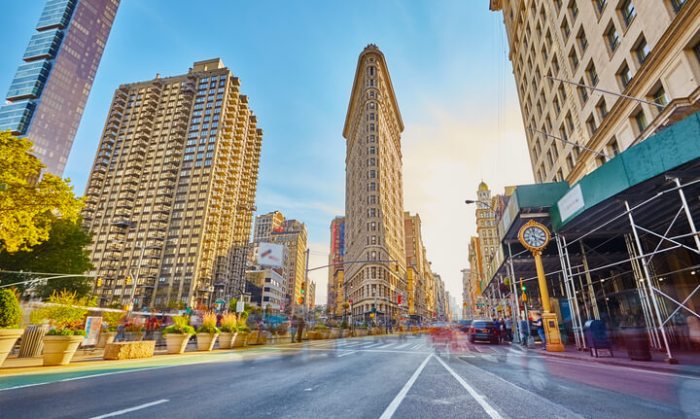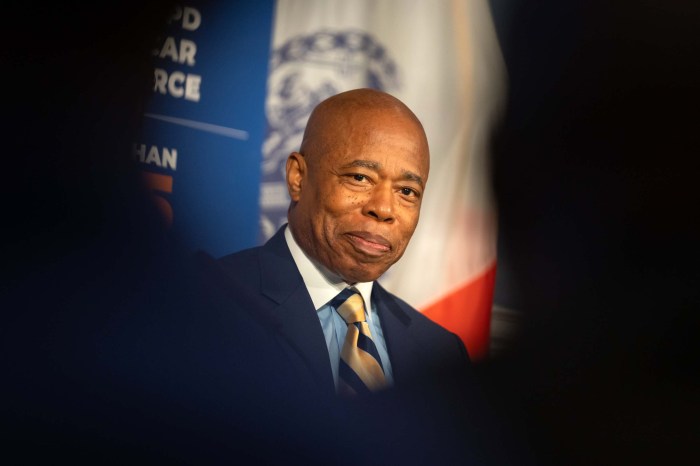The windy and colder weather this past weekend did not deter hundreds of parents and their kids from coming to the grand opening of the Children’s Museum of the Arts’ new location in Hudson Square on Saturday.
Indeed the block of Charlton St. between Greenwich and Hudson Sts. might have been the happiest place in the entire city if happiness can be judged by the number of ear-to-ear grins on kids’ faces.
Kudos to the C.M.A. for choosing such a smart location and for being so creative in transforming an old loading dock into a space that even in the winter will be a source of warmth and activity. It will also provide a blast of color to a neighborhood that has long been defined by warehouses and superblocks associated with the printing and trucking industries.
Hudson Square, which is just west of Soho, south of the West Village and north of Tribeca, is proving to be an example of how a community can embrace change and reap the benefits that diversity offers.
A large part of this metamorphosis is the beginning of the switch from a 9-to-5 district to a 24/7 mixed-use neighborhood. Gone are the days when the blue-collar workers who brought their lunch to the job simply packed up at 5 p.m. and jumped on a subway to head home, leaving “tumbleweeds” and a ghost town in their wake.
Now, the area is home to media and creative companies, large and small, architecture firms, graphic designers and nonprofit organizations that have chosen Hudson Square over Midtown or Jersey City.
On Oct. 13 at Community Board 2, and Oct. 27 at the Department of City Planning, the community will have a chance to weigh in on a rezoning proposal that would essentially be the final piece of the puzzle in terms of making Hudson Square a mixed-use neighborhood.
The scoping session, a mandated public input session administered by City Planning, is the community’s opportunity to learn about and voice their opinions on the proposal.
Trinity, the district’s major property owner and the major force behind the rezoning plan, has proposed allowing residential use — adding up to 3,500 new residents over 10 years — to help create a 24-hour community. By boosting residential occupancy to 25 percent, the sidewalks would no longer be desolate at night and on weekends. Retail would be attracted to the neighborhood, because with more residents, there would be a market for it.
The rezoning wouldn’t allow big-box-size stores — except for a supermarket — and nightclubs couldn’t open in the district. A special permit would be needed for new hotels with more than 100 rooms.
Part of the residential growth would come in the form of a 429-foot tower Trinity is proposing at Duarte Square, at Canal St. and Sixth Ave. In an important community giveback, Trinity would provide 75,000 square feet of raw space for a new 420-seat, K-to-5 public school in the tower’s bottom four floors, rent-free in perpetuity.
There is much to like in this zoning proposal: modest residential use to help create a 24/7 neighborhood, height caps on new construction, restrictions on hotels and nightclubs, a new school. All of this while maintaining the neighborhood’s predominantly commercial presence of media and creative companies.
In our view, the proposal has been well-thought through and is responsive to community concerns. If anything, we think that the proposal should make room for more residential conversions to accelerate the transition to a stable 24/7 neighborhood.
We encourage residents to turn out at the upcoming scoping hearings to voice their concerns and opinions about this rezoning proposal.



































